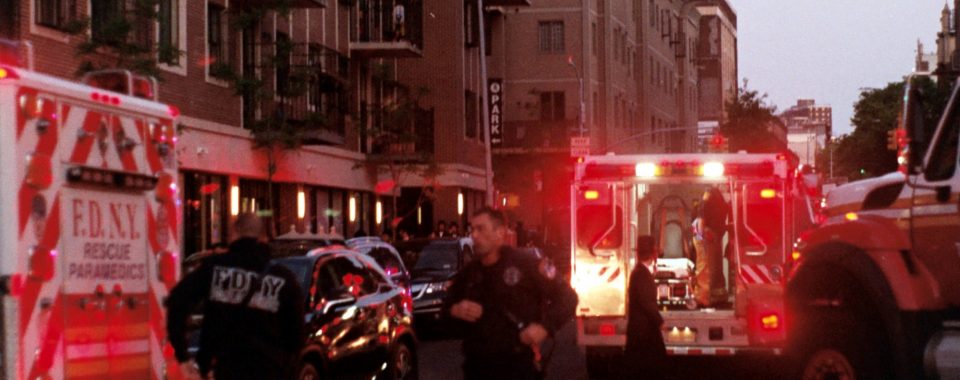No one wants to be at fault for an accident.

But most of the time, someone made a bad decision that led to a collision – or else you wouldn’t be in a wreck.
Knowing how fault works when an accident happens can save you from a big headache – and help you know what to look out for and avoid.
Let’s go over how fault works in North Carolina, and explore some examples to see how it plays out in the real world.
Because no matter what side of the road you’re on, you deserve to know what you should expect – and what you need to tell your insurance agent.
Fault is all about negligence.

When two (or more) vehicles come together and collide, one of them is typically deemed to be responsible for causing the accident. Being responsible means making a mistake, or being negligent.
The theory essentially goes that if you were doing everything you were supposed to, the accident wouldn’t have happened in the first place.
But in NC, it’s a little more complicated than that.
North Carolina is what’s called a contributory negligence state. That means that if the party that is not-at-fault is judged to have contributed to the accident, they may only receive a portion (or even nothing at all) of whatever damages are paid out.
NOTE: We are insurance agents, not attorneys! This is a general guide to fault and not legal advice.
So in a way, both parties can be negligent. And this makes sense. Consider the following:
A car is speeding towards an intersection at fifteen miles over the speed limit. Another car comes up to the intersection and runs the stop sign, not seeing the speeding car. They impact and have an accident. While technically the car that pulled out and ran the stop sign is at fault since they are the most negligent, the speeding car is also negligent for going over the speed limit.
Making sure you limit your level of negligence is a good way of lowering your chances of being at-fault in an accident.
How fault is determined.

Now that we have a better idea of how fault works, let’s look at how insurance companies determine fault.
There are a few factors to consider when assigned. Those are Police Reports, Visual Aid, and Witness Reports..
- Police Reports: Companies use police reports to gain vital information about what happened during the accident. This includes the location of the accident, notes the officer took on the scene, and all other recorded information at the event. It has the added bonus of being from a knowledgeable, impartial source, lending the information weight and reliability.
- Visual Aid: Photographic and video evidence is used to give factual information about what happened. Street cameras, pictures at the scene, home or store security footage, and any other images that can help determine what happened.
- Witness Reports: These reports are the testimony of witnesses who saw the accident as it happened. People on the street at the time, onlookers from nearby buildings, and even passengers can be asked for their version of what took place.
Taken together, these sources give a better picture of what actually happened than just using one. The goal is to understand the order of events and the level of negligence of each party involved.
When you need help.

It’s never a good thing to have an accident. The good news is that you don’t have to go through it alone.
Even if you haven’t haven’t suffered a collision, you can always talk to one of our agents and find out how we can help.
Fault can seem like a tricky thing, especially if you feel that you shouldn’t be to blame for something that happened.
The best thing to do is to talk about claims before they happen. Understanding how auto insurance works, how you can avoid accidents and how the claims process operates can be the difference between you being safe or sorry.
So let’s talk. Hit the form below to start your journey to auto safety (and probably some insurance savings to boot).
